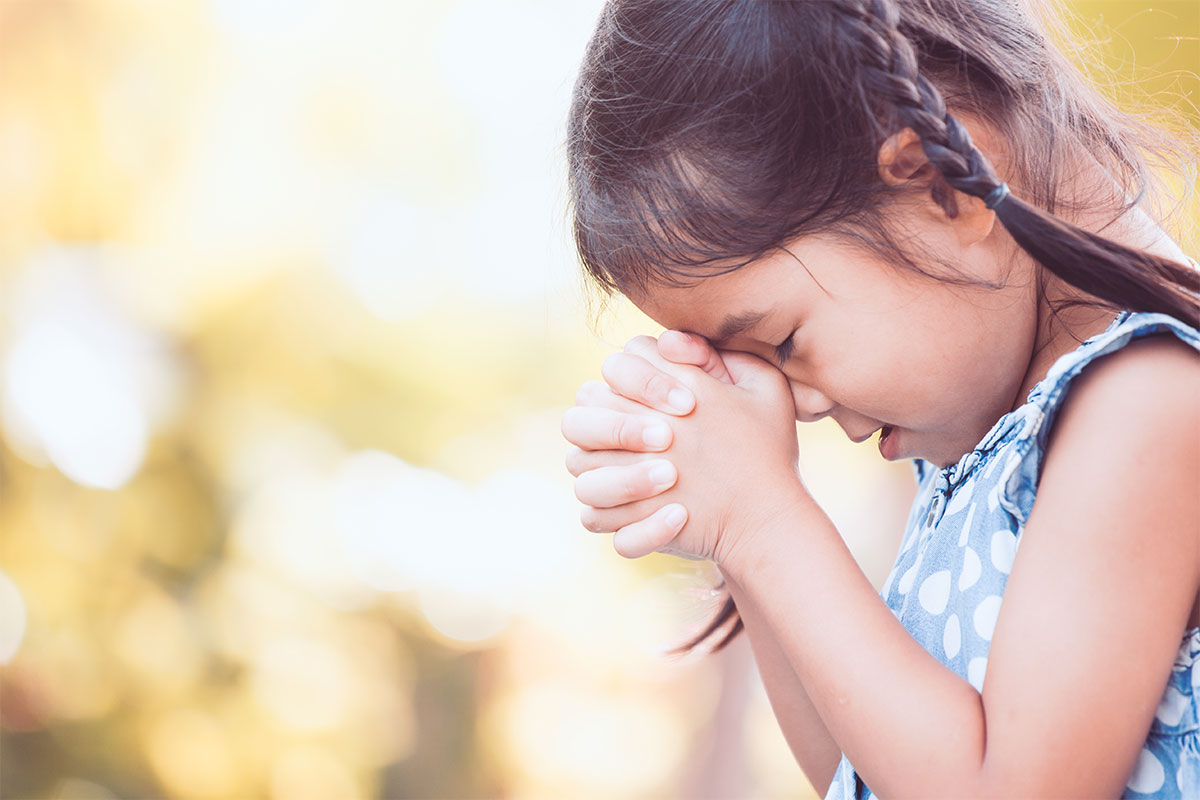10 breast cancer facts you did not know
Oct 16, 2020

Do your breast self-exams and get your mammogram. That’s all you need to remember when it comes to breast cancer, right?
Not quite. Knowing the facts on breast cancer can save your life or the life of a loved one. Protect your health with these 10 fast facts.
10 important breast cancer facts
1. Breast cancer is more common than you realize. According to American Cancer Society (ACS), breast cancer is the most common cancer among American women, second only to skin cancer. The average U.S. woman has about a 12 percent risk of breast cancer in her lifetime. That means 1 in 8 women will develop the disease. In 2018, it's estimated that over 330,000 new cases of breast cancer will be diagnosed
2. Ethnicity plays a role. Breast cancer is more common among white women and African American women. While the rates for white women have stabilized, the rates of breast cancer in African American women have increased slightly in recent years
3. It can be more than a lump. A breast lump is the most common symptom, but it’s not the only one that signals breast cancer. Signs can also include
- Swelling of part or all of the breast
- Skin irritation
- Nipple retraction
- Redness, scaliness or thickening of the nipple or breast skin
- Nipple discharge other than breast milk
Women often find symptoms on their own. That’s why it’s so important to know how your breasts look and feel normally.
4. Symptoms can be outside the breast. Breast cancer can spread to the lymph nodes. It can cause swelling or a lump around the collarbone or under the arm before the original tumor in the breast is even big enough to be felt. Your doctor should check any swollen lymph nodes, even if they’re painless.
5. Family history isn’t the only risk factor. If you had chest radiation therapy before the age of 30, you’re at a higher risk for breast cancer.
6. No risk factors doesn’t mean no cancer. According to the Centers for Disease Control and Prevention, most women with breast cancer have no known risk factors. They don’t have a history of the disease in their families either.
7. Screening recommendations change according to your risk. The recommendations are slightly different for women with a high risk. ACS suggests an annual MRI and mammogram starting at age 30 for women at high risk. Women ages 40 to 44 should have the choice to get screened if they wish and women at average risk should get a yearly mammogram starting at age 45.
8. Mammograms are magic. OK, not totally magic, but these screenings can detect breast changes years before you might notice any symptoms. This can help find breast cancer in its early stages, when it’s easier to treat. That’s why it’s so important to get them when your doctor recommends.
9. Regular mammograms really work. Decades of research show that women who are screened regularly are more likely to find their breast cancer early. That makes these women less likely to need aggressive treatment and more likely to be cured.
10. More women are surviving breast cancer. From 1989 to 2015, the number of women who died from breast cancer dropped by 39%. Experts think this decrease is due in part to finding the cancer earlier with regular screenings.
Monthly self-exams still matter
Careful observation of your own breasts doesn’t replace the importance of having your regular mammograms. But they are still an important part of your breast cancer screening regimen.
“Even if your mammogram is normal, if you feel a breast lump you should still let your doctor know,” says Dr. Frances Ting, Adventist Health Portland breast surgeon. “Not all breast cancers are seen on mammograms.”
The guidelines for these breast self-exams have changed. Make sure you’re armed with the best recommendations.


